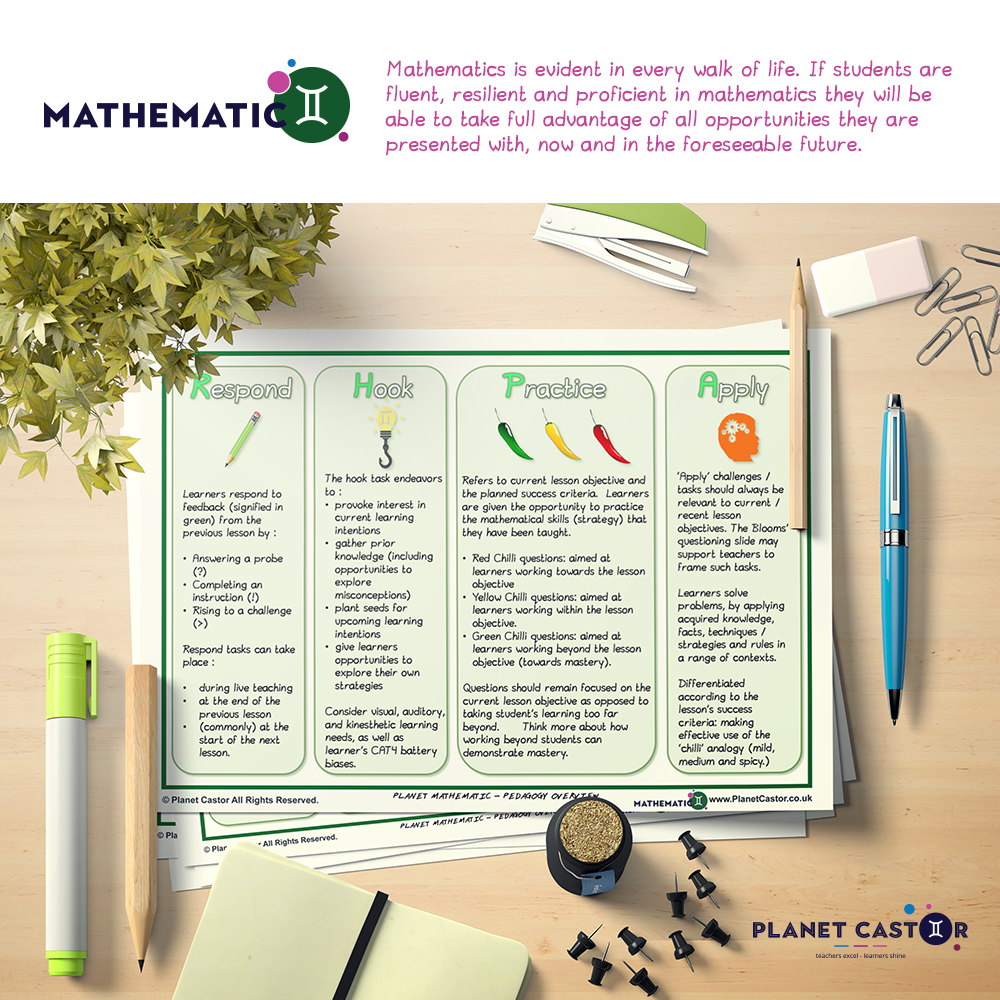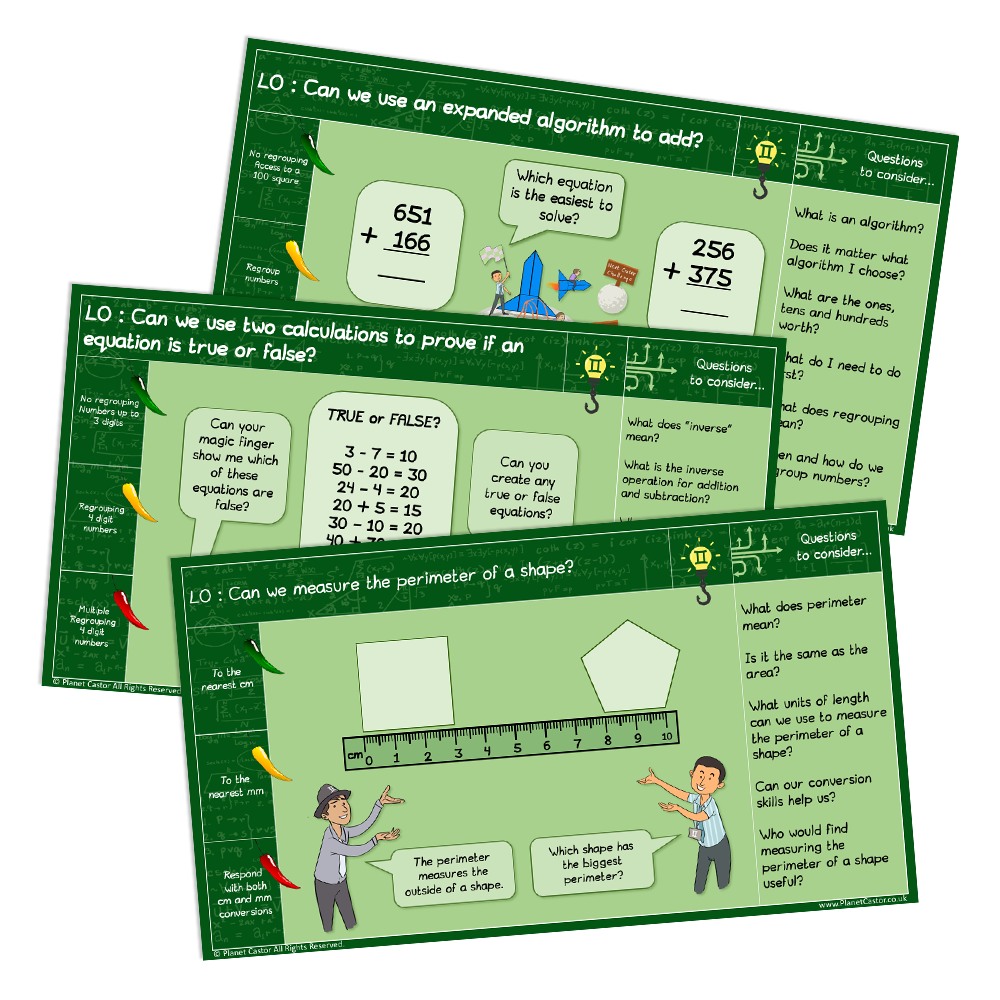How can hooks help learners to shine like Gemini’s stars?
Hope is such a bait, it covers any hook.
Oliver Goldsmith
Planet Castor is passionate about engaging students at the start of each stage of a learning journey. This is achieved by presenting students with an open-ended (hook) challenge, at the start of each lesson. These activities need to motivate, enthuse and engage learners. They should always be relevant to recent or current learning intentions. And, students must understand that these hooks will ultimately lead them towards bigger gains in their (lesson) learning.
There is no limit to the numbers of ways that learners can be hooked at the start of each lesson. Most of the hooks that I set have one thing in common: they highlight in some way the knowledge that my students are missing. And in a trusting and caring learning environment, students relish such opportunities for growth (thirst for learning). Here are just a few of the methods that I like to make effective use of:
- Asking my students to make predictions, i.e. In the capital cities shown what might the current temperatures be?
- Using an open ended true or false statement, i.e. The shapes (displayed) have more things in common than differences – true or false?
- Framing questions that promote personal connections towards intended learning, i.e. Today’s hook canvas contains everyone’s names and numbers. According to this class list, who is attached to a prime number?
- Providing questions with correct and carefully pre-conceived, in-correct answers.
- Framing a fact or fib statement that require learners to prove their choice of response, i.e. There is only one efficient method to solve 234 x 4. Is this a fact or a fib?
- Provoking thinking by providing students with a mystery that promotes inquiry and the asking of other big questions, i.e. Which group of students has the biggest combined height?
All too often my lesson plans, when I first started teaching, were based on what my students would be doing as opposed to what they needed to be thinking. Each of these hooks enable me to focus my students’ attention on past learning trails and the questions (types of thinking) that will drive this stage of their learning journey forward. By deploying different questioning strategies I am able to refer to those all important questions and edit them further, while allowing students to complete their provocative hooks.
The “hook” planning canvas, contained in Planet Castor’s Planning Canvas Toolkit, is what learners will see at the very start of each new lesson. It contains the current learning outcome and an open-ended (hook) challenge that will enable all learners to be fully engaged, at the very start of each lesson. By the time students have responded to feedback from the previous session (if necessary) and dated their new lesson, their teacher should have all the information they require to begin the new teaching phase. The left-hand side of this canvas also makes effective use of a mild, medium and chilli analogy: presenting students with the lesson success criteria at the start of each session. Questions that bring former learning trails to life, while planting seeds for the current learning intentions, are found on the right-hand side of this canvas. During live teaching, teachers may efficiently add to these questions as and when learning opportunities best arise.



Leave a Reply